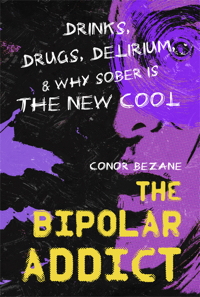The opioid epidemic in this country is unequivocally a disaster. People are popping OxyContin like Reese’s Pieces, and shooting heroin like an athlete drinking Gatorade.
President Obama weighed in on the epidemic at a conference earlier this month:
When you look at the staggering statistics in terms of lives lost, productivity impacted, costs to communities, but most importantly, cost to families from this epidemic of opioids abuse, it has to be something that is right up there at the top of our radar screen. I think the public doesn’t fully appreciate yet the scope of the problem.
According to the CDC, the rate of drug overdoses has increased 137 percent since 2000. And the rate of opioid overdose deaths has seen a 200-percent increase.
More than 8,200 people died of overdoses in 2013, also according to the CDC.
But there’s a miracle drug that could stop those overdose deaths: Naloxone.
Naloxone, a drug known by its brand name Narcan, blocks the effects of opioids. Narcan is becoming increasingly more available throughout the U.S.
An injection of the drug prevents respiratory depression, which occurs when a person takes fewer than 12 breaths a minute, thus failing to provide enough oxygen to the body. The effects are immediate – within two minutes of injection.
Until recently, the drug has been available only at hospitals and on-hand in ambulances and with law enforcement.
The drug was approved by the FDA in 1971 but has been fairly restricted in its scope until recently.
In March, the Obama administration committed $11 million to help train first responders to administer Narcan and fund its distribution.
Obama also announced a task force with the aim of both limiting the overprescription of opioid painkillers and increasing access to opioid and other drug abuse treatment. The CDC is investing $8.5 million in an effort to educate people about the dangers of overprescribing.
Forty states have laws that make it easier to obtain Naloxone compared to regular prescription drugs. Since 2014, many states have passed laws making Narcan available without a prescription.
It’s available at all CVS stores in more than a dozen states, and Walgreens plans to offer the drug over-the-counter in 35 states by the end of the year. A nasal spray recently became available.
According to the Harm Reduction Coalition, there are 644 programs distributing the drug — which has been administered more than 26,000 times — in more than 30 states and Washington, D.C..
It makes absolute sense for Narcan to be more readily available. It will decrease overdoses and save lives.
So if you’re using, you might want to get ahold of that nasal spray. Or quit altogether. Go to detox in a hospital and then rehab. Or if you can’t afford rehab, find an NA meeting.








